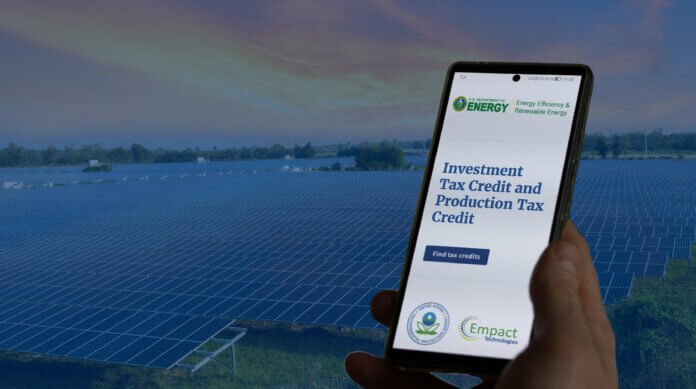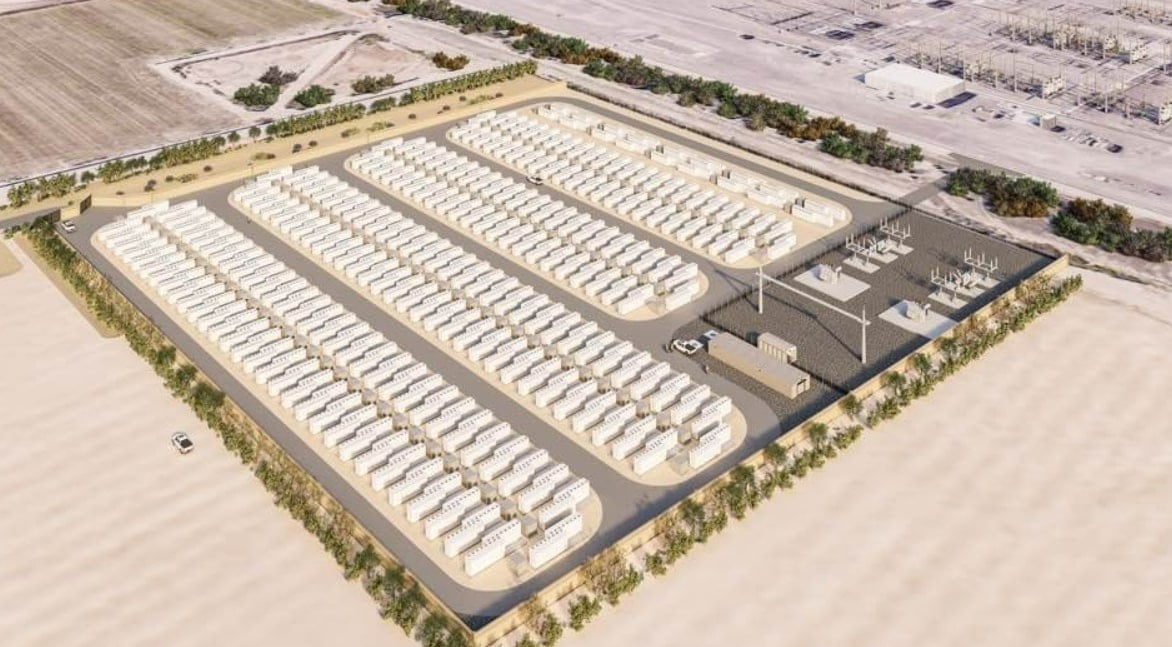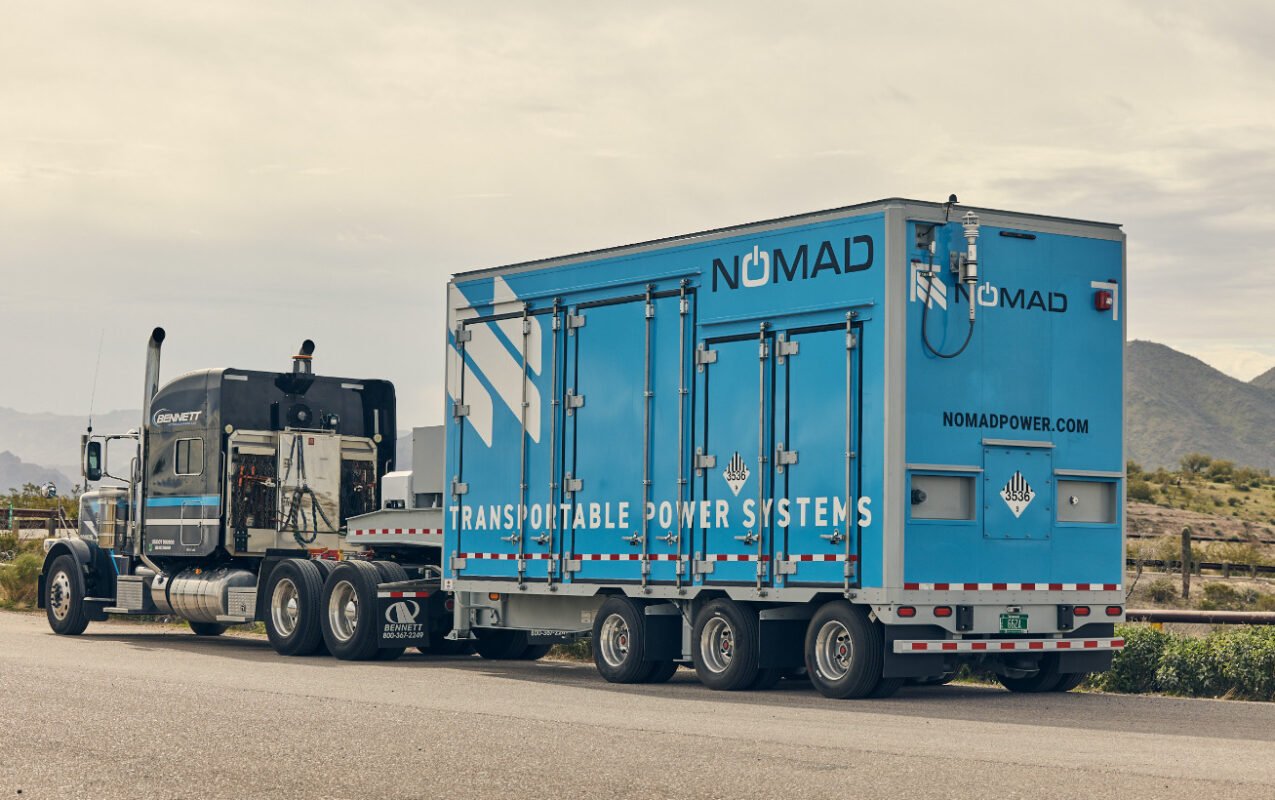New research by the U.S. Department of Energy’s National Renewable Energy Laboratory (NREL) shows the number of local zoning ordinances governing renewable energy deployment is increasing in the United States. The amount of land available to deploy renewables depends on the characteristics of the ordinances.
“It’s important to understand the types of ordinances in effect, specifically setback ordinances, or the required distance from a specific feature like a house,” says Anthony Lopez, lead author of a newly published paper that describes the research. “Setback ordinances determine how much land is available for deployment and how much wind and solar resource we have to decarbonize our energy system.”
The effect of setback ordinances requires highly detailed modeling and hyper-local data so it has not traditionally been captured in large-scale resource assessments. Consequently, previous evaluations have likely overestimated the amount of land available to renewables and, in turn, underestimated the cost and challenges of achieving high levels of deployment.
Ordinances influence how and where a developer can site and deploy new wind and solar projects. For example, ordinances can protect the natural habitats and species where renewable energy projects are deployed and ensure efficient, sustainable use of land resources. In many places in the U.S., zoning ordinances at the county and township level need to be enacted before a large-scale solar or wind facility can be constructed on private land.
The NREL study identified 1,853 local wind ordinances in effect during 2022 compared to 286 in 2018. The most common types were related to setbacks from structures, roads, and property lines; noise levels; and wind turbine heights. A first-of-its-kind companion survey of regulations related to the development of utility-scale solar identified 839 ordinances in effect during 2022.
Setback distances within the identified zoning ordinances vary considerably across jurisdictions. For wind, the setback is typically determined by a multiplier of the wind turbine’s total height; for solar, the setback is typically a fixed distance. Researchers found wind and solar resource could be as much as 87% and 38% lower, respectively, under the strictest setback scenario compared to a baseline that does not account for setback ordinances.
Local land use and community considerations play a significant role in U.S. decarbonization and should therefore be accurately reflected in modeling and analysis.
Lopez concludes: “It’s really important that we understand the impacts of renewable development on communities and provide information that helps them develop ordinances that balance regulation of the real impacts of renewable energy development while enabling deployment and the benefits of that deployment.”
The complete findings of the study appear in the Nature Energy article titled “Impact of Siting Ordinances on Land Availability for Wind and Solar Development.”
Photo by Pixabay at Pexels.
Continue reading










